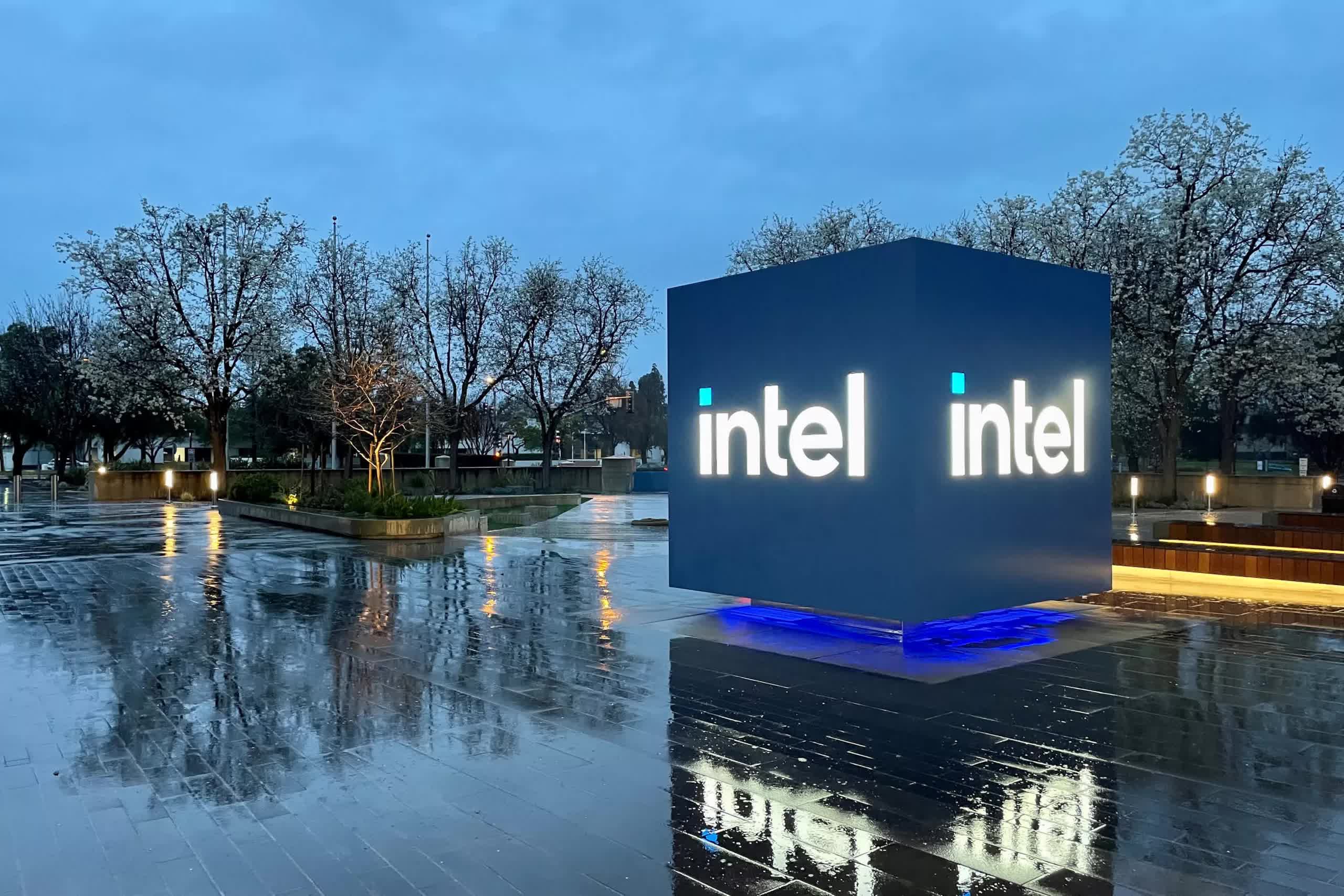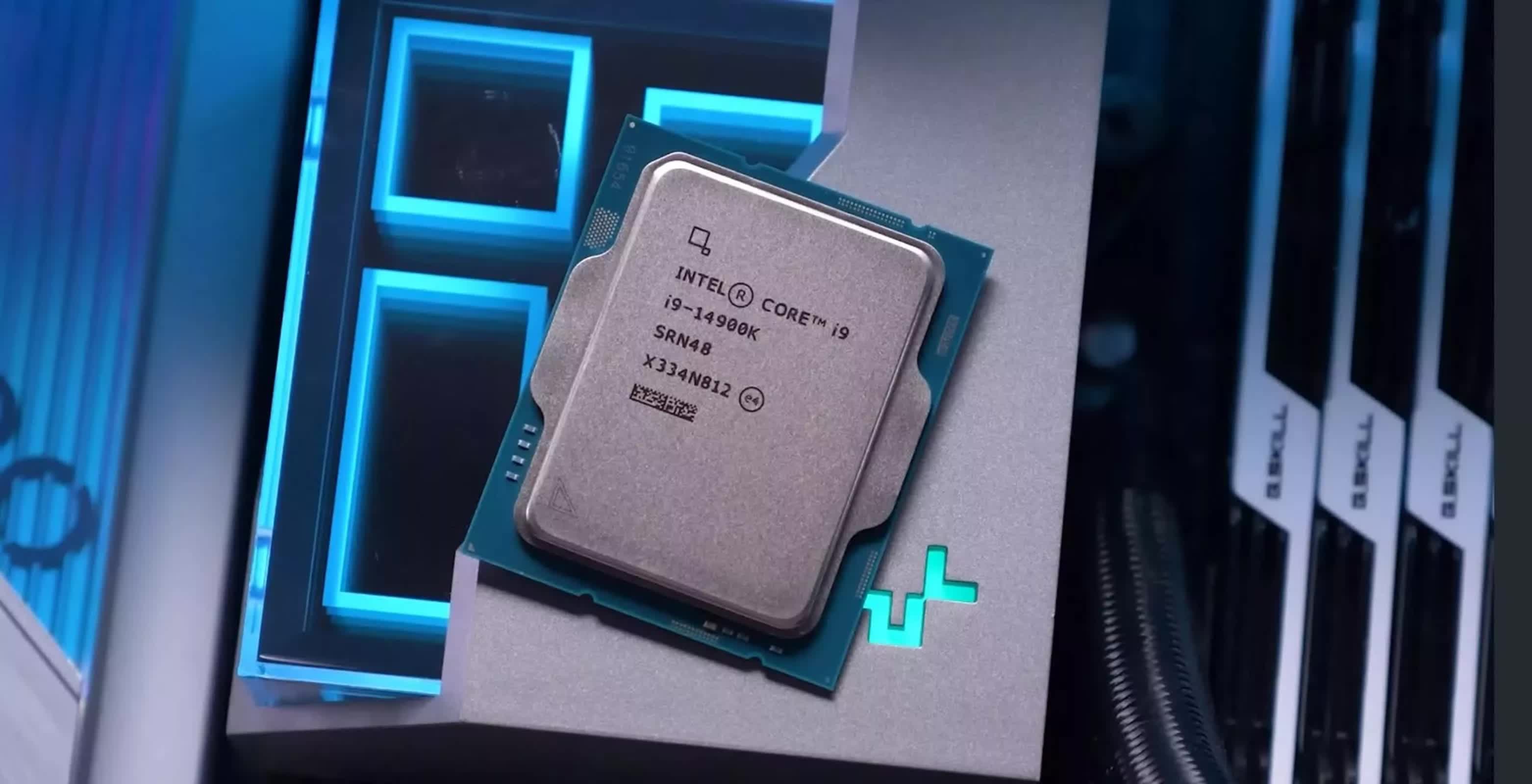In a nutshell: Intel has pulled back the curtain on its plans for its next-generation PC processors, codenamed "Nova Lake," set to launch in 2026. The revelations came during the chipmaker's quarterly earnings call, where it delivered a roadmap that will guide Intel's client computing business over the next couple of years.

Taking center stage was the confirmation of "Nova Lake" – Intel's next major client CPU architecture set to arrive in 2026. This will succeed the company's recently launched Arrow Lake desktop processors and could include laptop variants.
The news was delivered by Michelle Johnston Holthaus and David Zinsner, the chipmaker's newly appointed co-CEOs, who replaced Pat Gelsinger following his departure last year.
Before Nova Lake makes its debut, Intel has another big release on the horizon: Panther Lake, the company's next processor family, scheduled to launch in the latter half of 2025. Holthaus revealed that while Panther Lake will be largely manufactured in Intel's own fabs, Nova Lake will utilize a mix of internal and external production sources, possibly including TSMC.

"2026 is even more exciting from a client perspective as Panther Lake achieves meaningful volumes and we introduce our next generation client family, code name Nova Lake," Holthaus stated. "Both will provide strong performance across the entire PC stack with significantly better costs and margins for us."
Intel hopes the upcoming chips will bolster its competitiveness against rivals like AMD and Qualcomm amid rising competition. Holthaus acknowledged that profit margins on the company's current Lunar Lake parts took a hit due to integrated memory costs.
Details around Nova Lake remain scarce, with the co-CEOs not revealing too much. It is rumored that the processor will be fabricated on Intel's 14A node or TSMC's 2nm process. TSMC's 2nm technology employs gate-all-around transistor architecture like Intel's 18A and promises significant improvements in performance and power efficiency. Mass production is slated for late 2025.
On the manufacturing end, Intel recently spun off its foundry operations into an independent subsidiary with its own board. As reported by PCWorld, Holthaus made it clear that the new entity will be treated like any other supplier, having to earn Intel's business.
"A stronger Intel Product combined with a more competitive Intel Foundry is a recipe for success," she added.
However, Holthaus tempered expectations, noting that gaining customer trust would be a "slow ramp" initially. "We won't win every deal out of the gates. We'll be selective and focused on areas where we are confident that we can be a meaningful contributor."
Funding from the US CHIPS Act has provided a boost, with Intel receiving $1.1 billion in Q4 2024 and another $1.1 billion in January as part of a total $7.86 billion grant allocation. Company executives also confirmed an ongoing engagement with the administration regarding the initiative.
Intel discloses CPU roadmap, confirms Nova Lake architecture for 2026 rollout